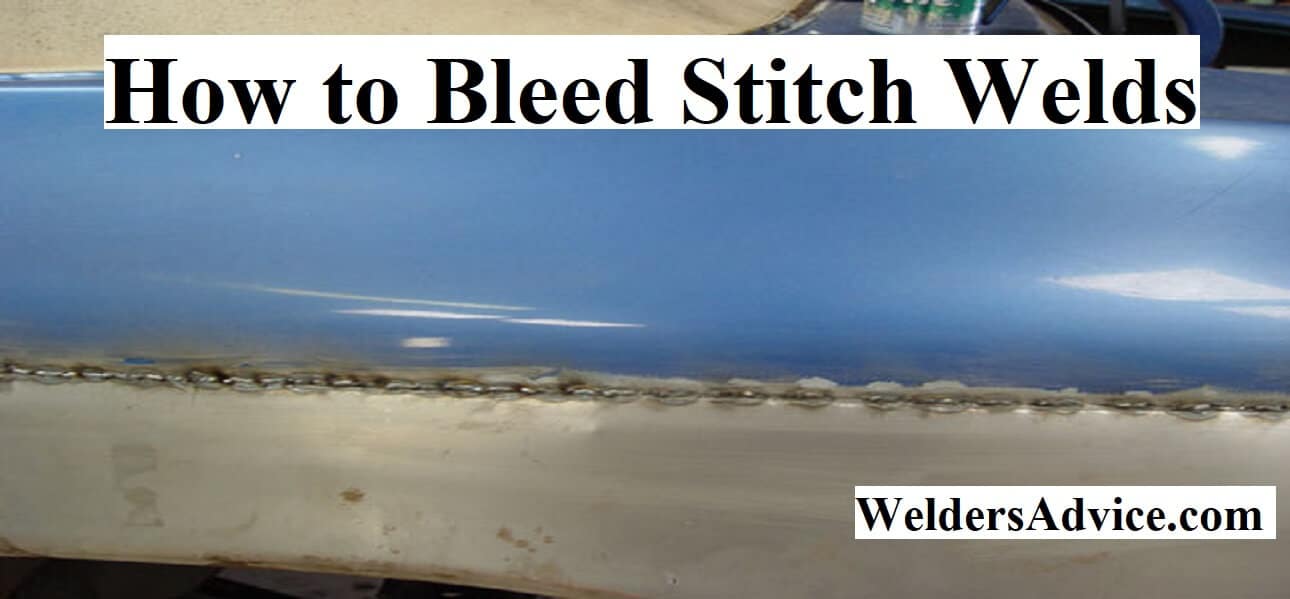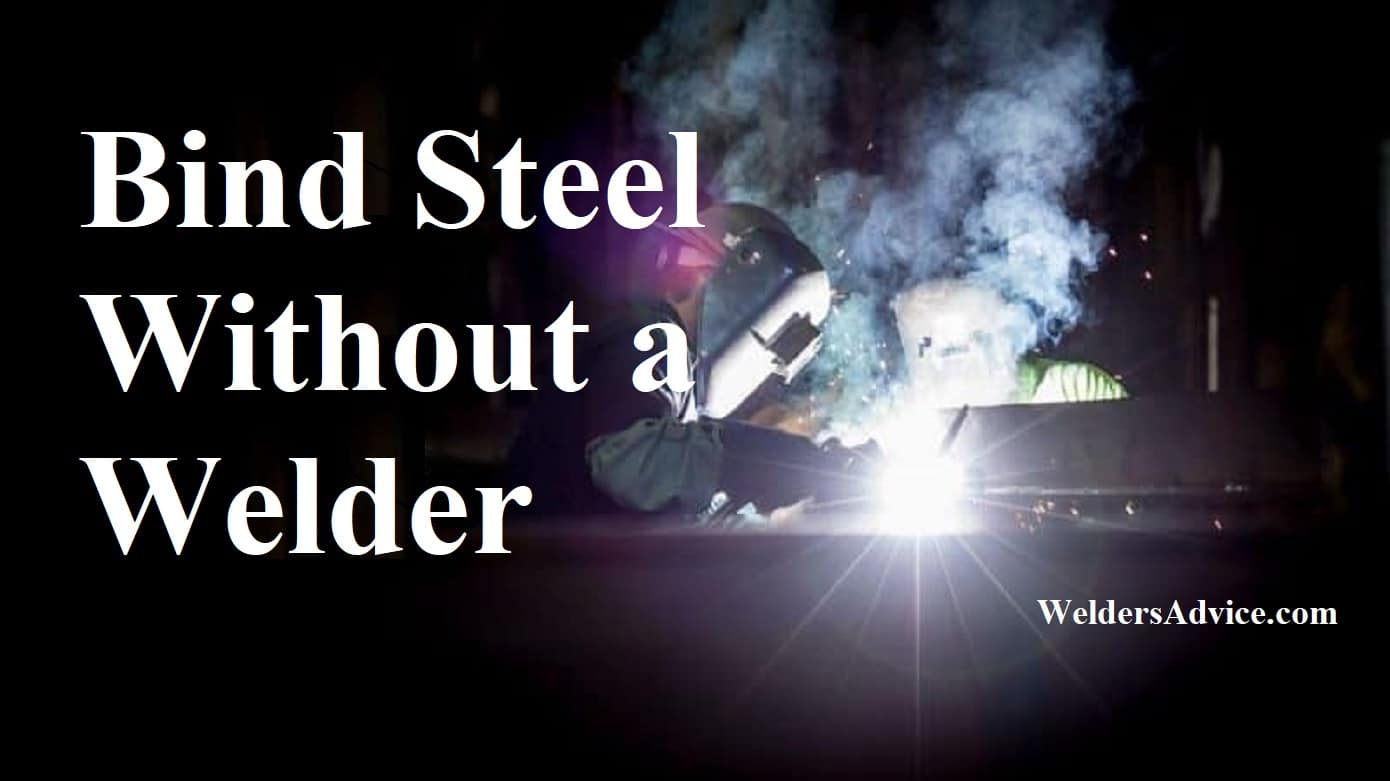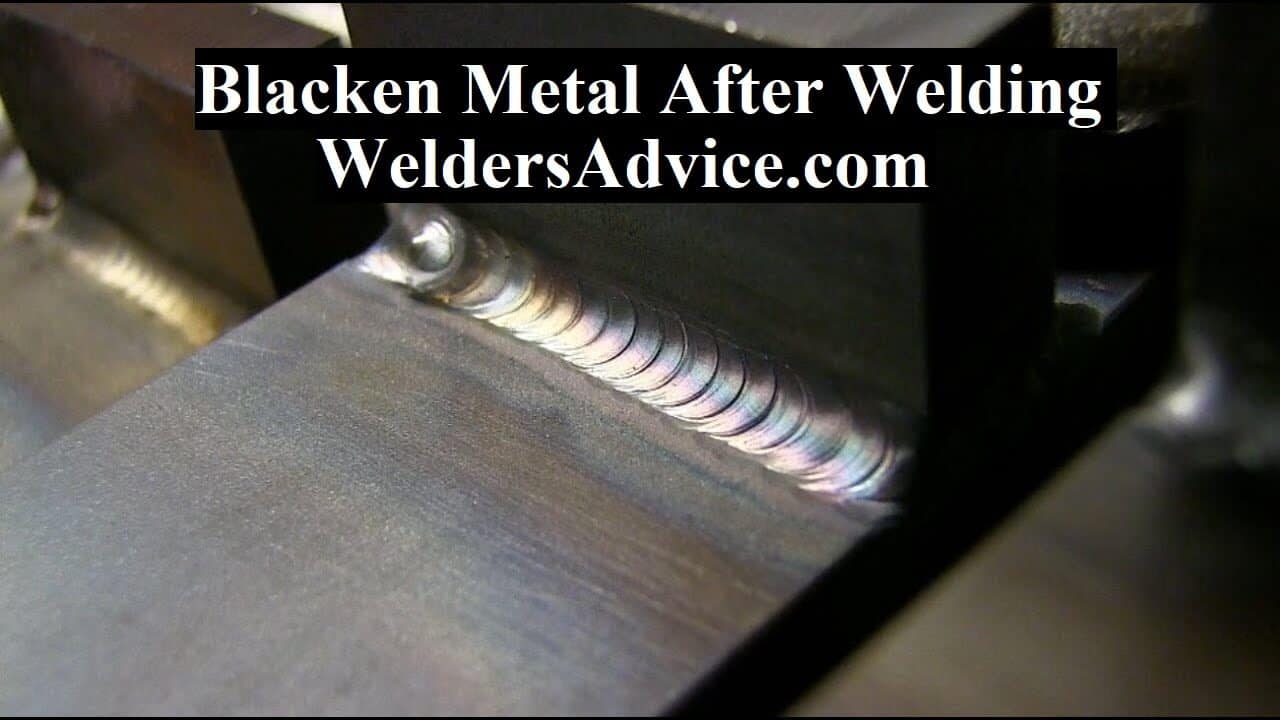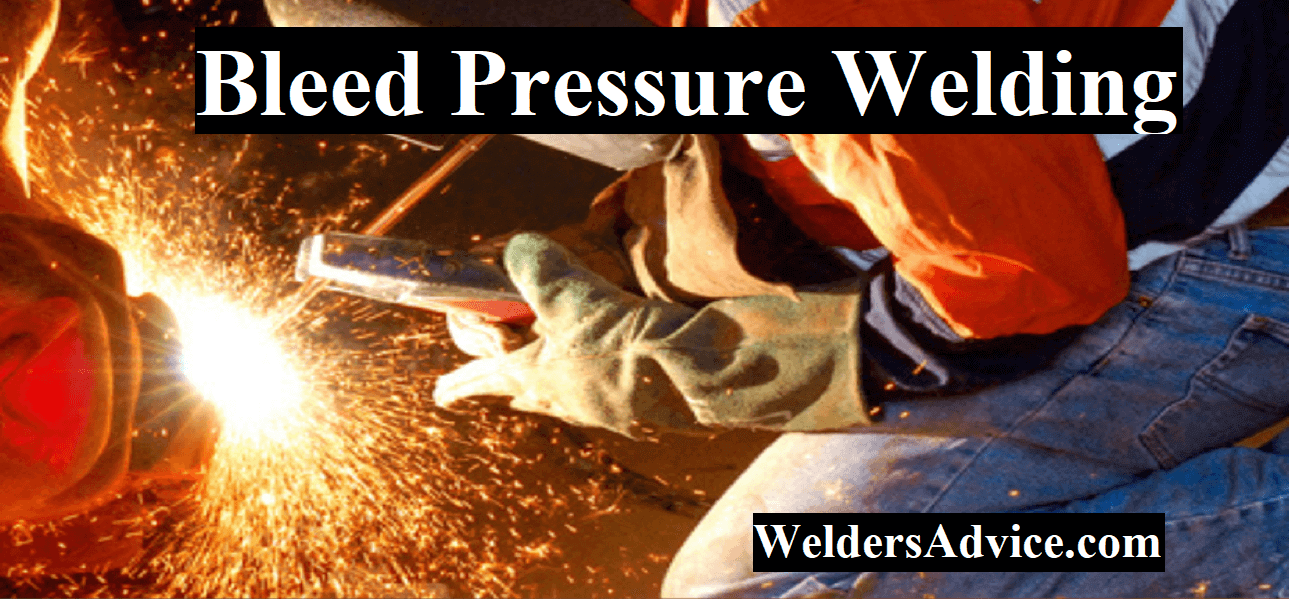To bleed stitch welds, use a grinder to lightly grind the top and side edges of the weld, then use a chipping hammer to remove the remaining slag. Bleeding stitch welds is a crucial process in welding, especially in pipeline welding.
It involves removing any slag that may remain on the surface of the root pass after the welding process is complete. The slag may cause porosity or cracking in the weld if not removed, which can weaken the weld. Bleeding the stitch welds also allows for proper penetration of the weld, which ensures that the weld is strong and reliable.
This article will provide detailed steps on how to bleed stitch welds, as well as some tips to make the process easier and more effective.
- Understanding Bleed Stitch Welds: The Basics
- The Importance Of Proper Bleed Stitch Welding Techniques
- Step-By-Step Guide
- Do’s And Don’ts Of Bleed Stitch Welding
- Troubleshooting Bleed Stitch Welds
- Why Do Stitch Welds Need To Be Bled?
- Can You Skip Bleeding Stitch Welds?
- What Tools Do You Need To Bleed Stitch Welds?
- Final Thoughts
Understanding Bleed Stitch Welds: The Basics
Bleed stitch welds are a crucial aspect of welding. These types of welds are made by repeatedly welding in the same spot and bleeding them. This process is important as it helps to distribute heat evenly throughout the weld, reducing distortion.
Additionally, it strengthens the weld and improves its overall quality. It is also used to prevent the weld from cracking under stress by reinforcing its structure. If bleed stitch welds are not performed properly, it could result in poor quality that may not be able to withstand stress, leading to failure or breakage.
Bleed stitch welds are a valuable technique that every welder should possess to ensure quality and safe welding practices.
The Importance Of Proper Bleed Stitch Welding Techniques
Proper bleed stitch welding techniques are critical in welding processes. If not done well, several things can go wrong, ranging from welding discontinuity to corrosion. It is essential to master the right techniques to ensure the strength and integrity of the welded parts.
Impeccable bleed stitch welding offers several benefits, including better conductivity, improved corrosion resistance, and stronger seams. You can achieve perfect bleed stitch welds by following specific steps and precautions, such as controlling the weld heat input, selecting the right current density, and ensuring proper keyhole formation.
Following these steps will ensure that your finished product is robust, durable, and of excellent quality.
Step-By-Step Guide
To bleed stitch welds perfectly, preparation is key. Ensure that you have the right equipment, including a welding machine and protective gear. Choose the correct welding technique and remember to keep the stitches small for smoother welding. Once the welding is complete, it’s time to bleed the welds.
Use a grinder to remove any excess weld and check carefully for leaks. Bleeding any remaining air will ensure that the weld is strong and sturdy. With these steps, you can create a seamless, neat weld that is durable and long-lasting.
Do’s And Don’ts Of Bleed Stitch Welding
Bleed stitch welding is a crucial process in the fabrication of metal parts. To achieve perfect results, certain best practices and techniques should be followed, and common errors avoided. One mistake to avoid is beginning with excessive heat, which can cause the weld to burn out.
Properly aligning the electrodes and evenly welding both sides of the joint is vital. To further improve your technique, try prepping the joint surface and using shorter weld times. With practice and attention to detail, you can master the art of bleed stitch welding, creating high-quality and strong metal parts.
Troubleshooting Bleed Stitch Welds
Bleed stitch welds can be both challenging and frustrating, especially if you’re a beginner. But don’t worry, common issues can be identified and fixed with some practical tips. One common issue is porosity, which is caused by contamination or improper gas shielding.
To fix it, you’ll need to clean the metal and adjust the gas flow. Another issue is undercutting, which happens when the weld penetrates the base metal too much. To fix it, adjust the welding technique and heat. And lastly, overheating can cause the metal to warp and weaken the weld.
To prevent it from happening, preheat the metal before welding. Remember these key takeaways to prevent common issues from happening again.
Why Do Stitch Welds Need To Be Bled?
Stitch welds need to be bled because they create air pockets that can weaken the weld.
Can You Skip Bleeding Stitch Welds?
Skipping bleeding stitch welds can lead to structural issues down the line and compromise the integrity of the weld.
What Tools Do You Need To Bleed Stitch Welds?
To perform stitch weld bleeding, you need a drill, a grinder, a hammer, and a chisel.
Final Thoughts
After reading this guide on how to bleed stitch welds, you should now have a clear understanding of the process and how to do it effectively. Remember, it’s crucial to remove trapped air and ensure perfect bonding between the two materials.
Bleeding stitch welds may seem like a daunting task, but with the right tools and techniques, it can be easily accomplished. By following these steps, you can prevent future problems such as cracks, leaks, or failure of the project. Welding is a precision job, and it’s essential to be patient, methodical, and thorough when performing these tasks.
By taking the time to bleed stitch welds correctly, you can be sure that your project is strong, reliable, and safe. So go ahead and give it a try! With practice and experience, you’ll be an expert in no time.






